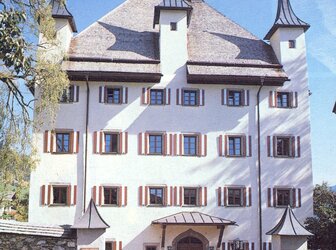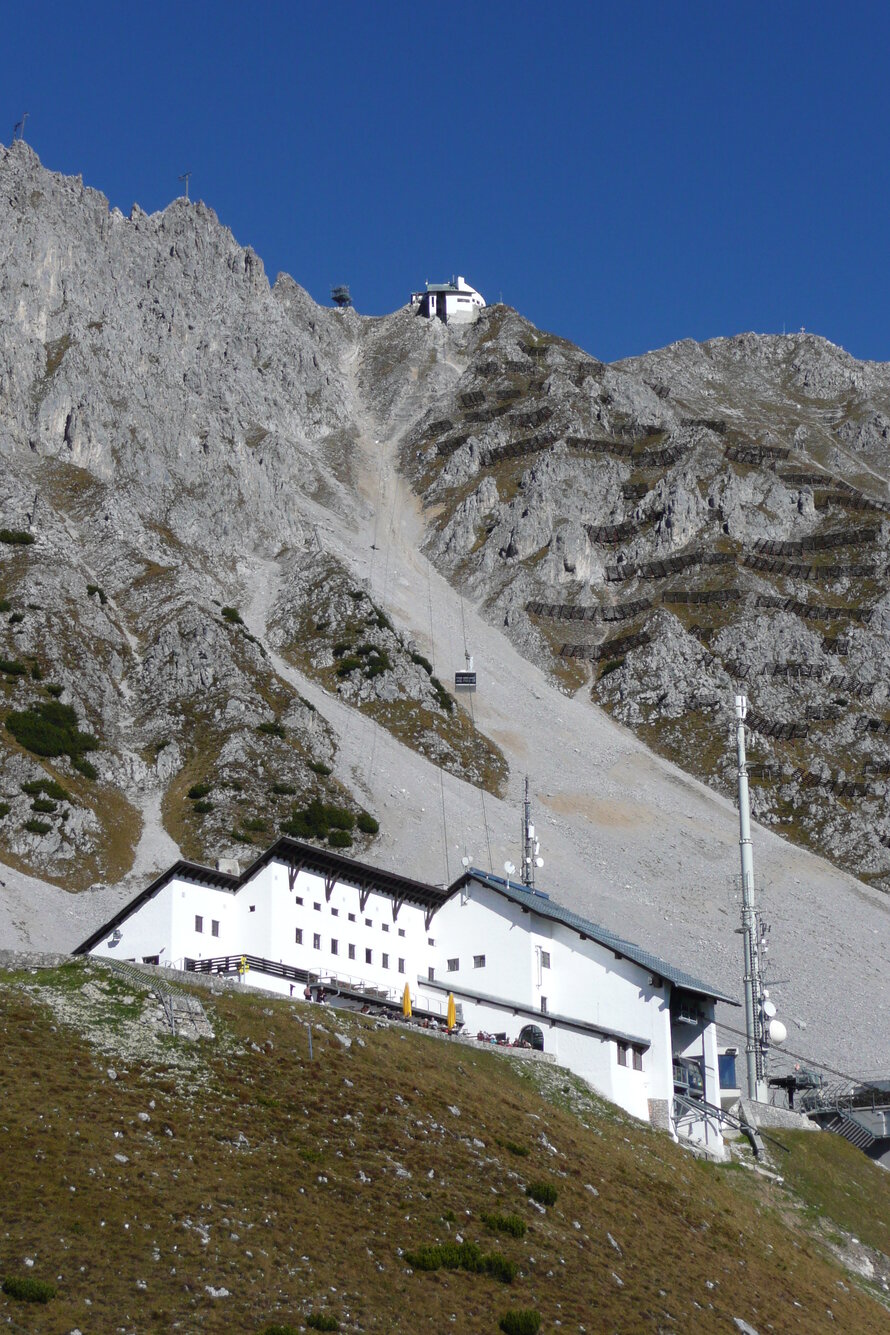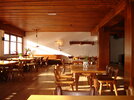The Nordkette Cableway-Stations, lnnsbruck
Built in 1927/28, the Nordkette Cableway is not only an important pioneering achievement of Alpine architecture in terms of cable car technology. Its particular significance, unrivalled to this day, is in the superb architecture of the stations, the base station at Hungerburg, ...
Read more
Project details
| Title: | The Nordkette Cableway-Stations, lnnsbruck |
|---|---|
| Entr. year: | 2010 |
| Result: | Award |
| Country: | Austria |
| Town: | lnnsbruck |
| Category type: | group of buildings |
| Notes: | Type also: rural setting |
| Building type/ Project type: | industrial heritage |
| Former use: | Cableway-Stations |
| Actual use: | Cableway-Stations |
| Built: | 1927-1928 |
| Architect / Proj.leader: | Franz Baumann |
| The Jury's citation: | The Nordkette Cableway is an important pioneering achievement of Alpine architecture. Its significance lies in the superb architecture integrated in the topography, creating a symbiotic artistic entity. The greatest care was taken in the necessary technological renovation to maintain the original substance. The adaptation and restoration of the exteriors and interiors are an impressive example of adaptation of Alpine architectural heritage from the 1920's. The project highlights a specific and new theme in the field of heritage preservation. |
| GPS: | Base Station: 47°17'10,2"N; 11°23'56,4"E Middle Station: 47°18'24,1"N; 11°22'48,2"E Top Station: 47°18'43,7"N; 11°23'1,2"E |
| Web, Links: | www.nordkette.com/en/architecture.html |
Description:
Built in 1927/28, the Nordkette Cableway is not only an important pioneering achievement of Alpine architecture in terms of cable car technology. Its particular significance, unrivalled to this day, is in the superb architecture of the stations, the base station at Hungerburg, the Seegrube middle station and the Hafelekar top station in the high mountains rising above Innsbruck. Architect Franz Baumann's success was based on his integration of the buildings into the Alpine topography and designing every detail of the furniture and interior decoration, thus creating an architectural "Gesamtkunstwerk", a complete artistic entity, of international significance. By the 1990 's it was clear that the cableway no Ionger fulfilled modern technical specifications, and discussions arose about a general overhaul and an increase of trip frequency. Several projects proposed by private operators, some of whom envisaged replacing the gondola Iift with a circulating loop system, would have meant massive alterations to the Iift stations, but none got further than the drawing board. Even the project "Nordkettenbahn Neu", which won an international competition in 2004, incorporated the fundamental preservation of the principle of cable car with two sections, but in view of the required traffic increase planned massive interventions in the substance of the Baumann stations. Involving the Federal Office for the Protection of Monuments (Bundesdenkmalamt) into the project managed to convince both the operating company and the Innsbruck municipal authorities of the architectural significance of the Baumann stations, so that in the course of the necessary technical renovation and structural adaptation the greatest care was taken to maintain as much as possible of the highquality original substance. Both the base station Hungerburg and the top station Hafelekar only underwent minor structural work for the functional adaptation. The architects Schlögl und Süß solved the tricky problem of expanding the waiting and gastronomic areas with a clear, modern design concept which nonetheless remained sensitive to the historic original. Construction began at the end of 2005, and despite extremely difficult conditions due to the buildings' exposed locations was completed by Malojer Baumanagement company in record time, so that the stations could re-open for business in December, 2006. Huge time pressure and a tight budget were overcome to produce a total renovation of the technical infrastructure while preserving and enhancing the original character of the Baumann buildings. The architectural treatments were moderate, and previous unattractive additions and structural changes were removed, while the original materials, decoration and furnishings underwent exemplary restoration. The adaptation and restoration of the Nordkette Cableway-Stations of the inter-war years are an impressive example of how there need be no contradiction between the renewal of a technical and operational infrastructure and the preservation and renovation of quality architecture of the 1920's. The restoration of the three stations with their intrinsic furnishings including ceilings, floors, doors, lighting, staircases and furniture have made it possible to relive a Gesamtkunstwerk of internationally significant modern Tyrolese design in an unrivalled mountainous setting in its original concept and integrity.
Similar projects

17th century

16th century

19th century

15th century

1927-1928

20th century

1914

15th century

12th-18th century

14th-15th century

1910






